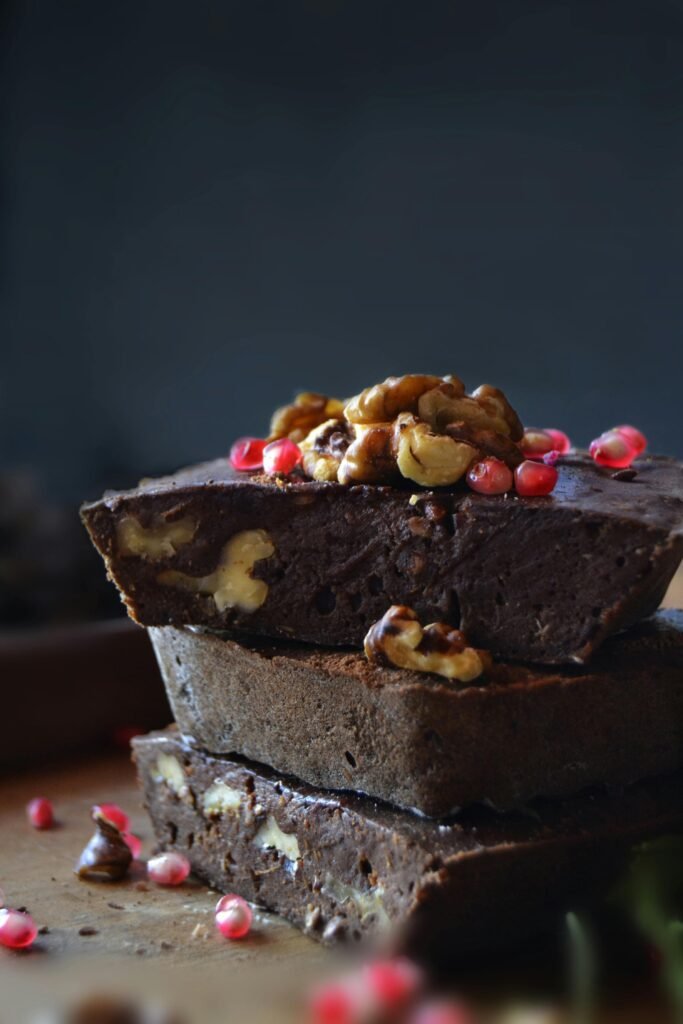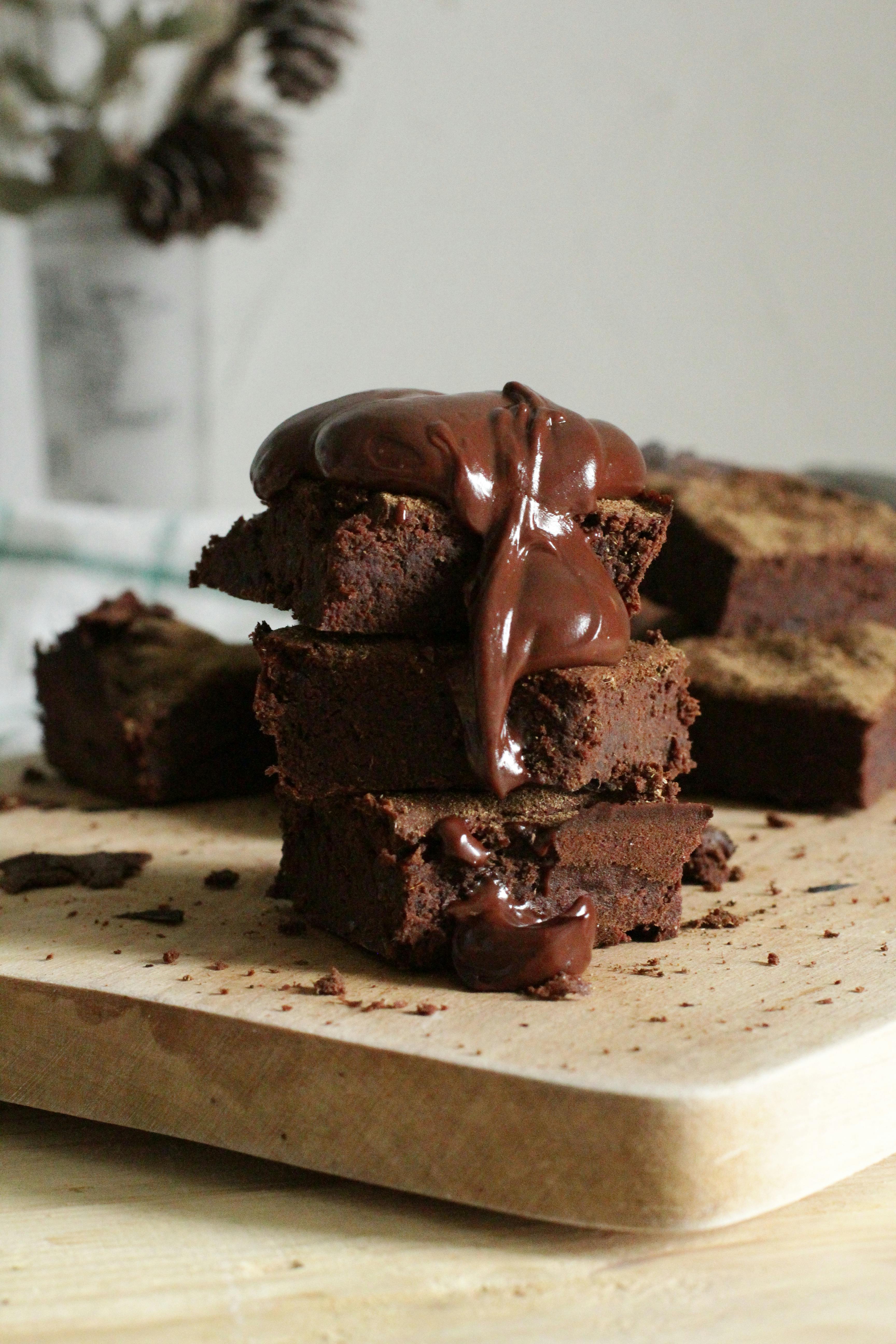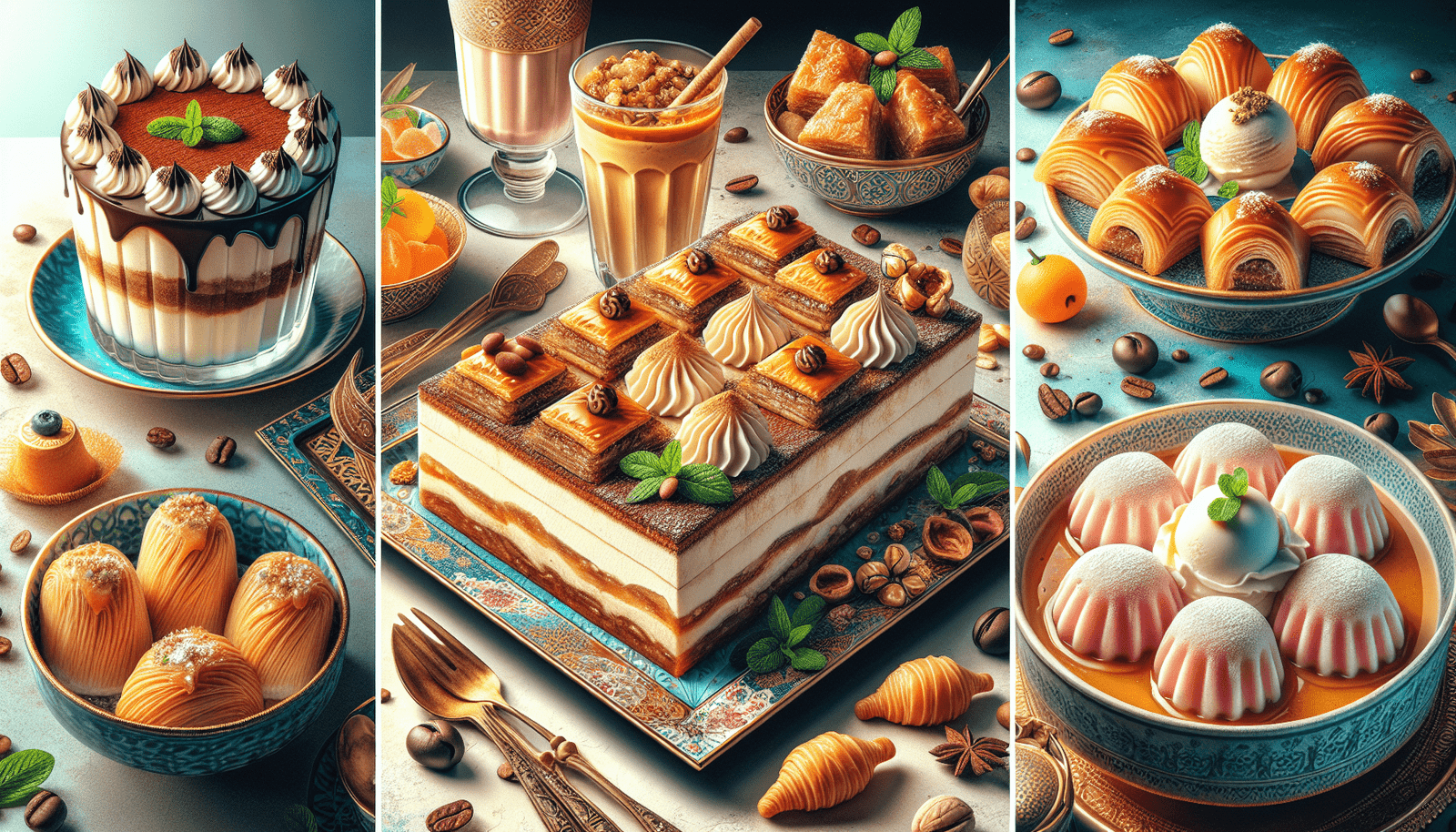Have you ever wondered what sweets people around the world indulge in? While each culture boasts its unique culinary delights, desserts often hold a special place when it comes to celebrating traditions, family gatherings, or simply satisfying a sweet tooth. Let’s journey through six famous desserts from across the globe that not only tantalize your taste buds but also offer a glimpse into the rich cultural heritage they represent.
1. Tiramisu from Italy
Italy, a country renowned for its rich history and culinary mastery, offers a range of iconic desserts, but none more famous than the Tiramisu. This creamy dessert is layered with coffee-soaked savoiardi (ladyfingers) and a delicate mascarpone cheese mixture, then dusted with cocoa powder.
History and Origin
Tiramisu, meaning “pick me up” in Italian, hails from the Veneto region. It is said to have been invented in the 1960s by a chef named Roberto Linguanotto. Over the years, it has become a staple in Italian cuisine, loved for its perfect balance of bitterness from the coffee and sweetness from the mascarpone cheese.
Ingredients and Preparation
A traditional Tiramisu includes ingredients such as:
| Ingredient | Description |
|---|---|
| Savoiardi (Ladyfingers) | Soft, airy biscuits that absorb espresso perfectly |
| Mascarpone Cheese | Adds a rich, creamy texture |
| Egg Yolks | Provides a custardy base for the mascarpone mixture |
| Sugar | Sweetens the mascarpone and egg mixture |
| Espresso Coffee | Adds a deep, robust flavor |
| Cocoa Powder | Lightly dusted on top for a final touch |
| Rum or Marsala Wine | Infused into the coffee for added depth (optional) |
The preparation involves layering the coffee-soaked ladyfingers with the mascarpone mixture and letting it set in the refrigerator for several hours, allowing the flavors to meld together harmoniously.
2. Baklava from the Middle East
A treat that has transcended borders and is savored in countries across the Middle East, Baklava consists of layers of flaky phyllo dough, nuts, and is sweetened with honey or syrup.
History and Origin
Baklava’s origins are widely debated, with claims from Turkey, Greece, and even Persia. Nonetheless, it is agreed that it has been a part of Middle Eastern cuisine for centuries, enjoyed during special occasions and festive seasons.
Ingredients and Preparation
The essential components of Baklava include:
| Ingredient | Description |
|---|---|
| Phyllo Dough | Paper-thin sheets, brushed with melted butter in between layers |
| Nuts | Usually a combination of walnuts, pistachios, or almonds, finely chopped |
| Spices | Often includes cinnamon and ground cloves |
| Honey or Syrup | Drizzled over the baked Baklava to seep into the layers, adding sweetness and moisture |
The process of making Baklava involves layering the buttered phyllo dough with nuts and spices, baking until golden, and then soaking it in a sweet syrup. The result is a decadent, crispy, and sticky delight.

3. Mochi Ice Cream from Japan
Mochi Ice Cream is a delightful Japanese confection that combines the chewy texture of mochi with the creamy goodness of ice cream. This dessert has gained international popularity for its unique texture and vibrant flavors.
History and Origin
The concept of Mochi Ice Cream was popularized in the 1980s by a Japanese-American businesswoman named Frances Hashimoto. Traditional mochi, a rice cake enjoyed during Japanese New Year celebrations, was adapted to encase ice cream, marrying the best of both worlds.
Ingredients and Preparation
Making Mochi Ice Cream requires:
| Ingredient | Description |
|---|---|
| Sweet Rice Flour | Known as Mochiko, gives mochi its unique chewy texture |
| Sugar | Sweetens the mochi dough |
| Ice Cream | Any flavor, from matcha to mango |
| Cornstarch | Prevents sticking and helps shape the mochi |
To prepare Mochi Ice Cream, the sweet rice flour is mixed with water and sugar, steamed, and then rolled flat. Small scoops of ice cream are wrapped in the mochi dough, creating bite-sized treats that are both soft and creamy.
4. Pavlova from Australia/New Zealand
Named after the Russian ballerina Anna Pavlova, this dessert is a meringue-based creation attributed to both Australia and New Zealand, each claiming it as their own.
History and Origin
The Pavlova was created in the 1920s to honor Anna Pavlova during her tour of Australia and New Zealand. Regardless of its true origins, it remains a beloved dessert in both countries, especially during festive occasions.
Ingredients and Preparation
The Pavlova includes:
| Ingredient | Description |
|---|---|
| Egg Whites | Beaten until stiff peaks form, providing the base for the meringue |
| Sugar | Adds sweetness and stability to the meringue |
| Cornstarch | Keeps the meringue crisp on the outside and marshmallow-soft on the inside |
| Vinegar | Enhances the texture of the meringue |
| Whipped Cream | Piled on top of the baked meringue |
| Fresh Fruits | Typically berries, kiwi, or passionfruit, adding color and freshness |
Making a Pavlova involves whipping egg whites with sugar until glossy peaks form, then baking at a low temperature to achieve a crisp exterior and soft interior. Once cooled, it is topped with whipped cream and fresh fruit.

5. Churros from Spain
Golden, crispy churros are a popular Spanish street food, often enjoyed with a thick, rich chocolate dipping sauce. Their simplicity and delightful taste make them a favorite across Spain and beyond.
History and Origin
Churros are believed to have been brought to Spain by Portuguese sailors who encountered a similar pastry in China. Over time, churros have become a quintessential part of Spanish cuisine, especially enjoyed during festive events and celebrations.
Ingredients and Preparation
The basic ingredients for Churros include:
| Ingredient | Description |
|---|---|
| Water | Forms the base of the dough |
| Flour | The primary ingredient, giving structure to the churros |
| Salt | Enhances the flavor |
| Butter | Adds richness to the dough |
| Sugar | Mixed with cinnamon to coat the fried churros |
| Oil | For deep-frying |
| Chocolate Sauce | For dipping, made with dark chocolate, cream, and sugar |
The churro dough is made by boiling water, butter, and salt, then mixing in the flour. The dough is piped into hot oil and fried until golden and crisp, then rolled in a cinnamon-sugar mixture. They are best enjoyed fresh and warm, dipped in luscious chocolate sauce.
6. Gulab Jamun from India
Gulab Jamun is a popular Indian dessert consisting of deep-fried dough balls soaked in sugar syrup. Known for their melt-in-the-mouth texture and intense sweetness, they are a staple at Indian celebrations and festivals.
History and Origin
These sweets have their roots in medieval India, influenced by Persian cuisine. The name “Gulab Jamun” refers to their rose water-infused syrup (gulab) and the small, berry-sized shape (jamun).
Ingredients and Preparation
To make Gulab Jamun:
| Ingredient | Description |
|---|---|
| Milk Solids | Traditionally khoya, provides a rich, dairy base |
| Flour | Helps bind the dough |
| Baking Powder | Ensures the dough balls puff up when fried |
| Sugar Syrup | Infused with cardamom and rose water or saffron for distinct flavor |
| Ghee or Oil | Used for deep-frying |
The dough is made from milk solids mixed with a bit of flour and formed into small balls. These are deep-fried until golden brown and then soaked in the aromatic sugar syrup until they absorb the sweet liquid and become delightfully soft and spongy.
Desserts are more than just the sweet end to a meal; they are a window into the soul of a culture, often tied to traditions, festivals, and family gatherings. By tasting these desserts, you are not just enjoying a treat, but also partaking in the stories and histories that come with them. Whether it’s the decadent layers of Tiramisu or the syrupy goodness of Gulab Jamun, immersing yourself in these delights offers a delicious glimpse into the world’s diverse cultures. So, which of these famous desserts from around the world will you try next?


